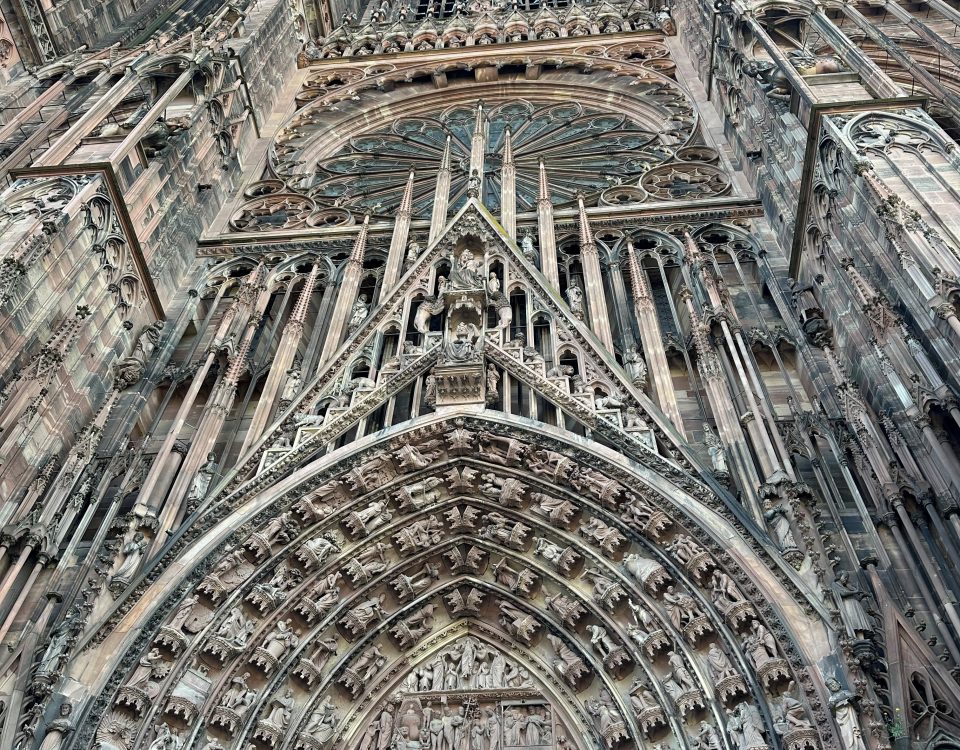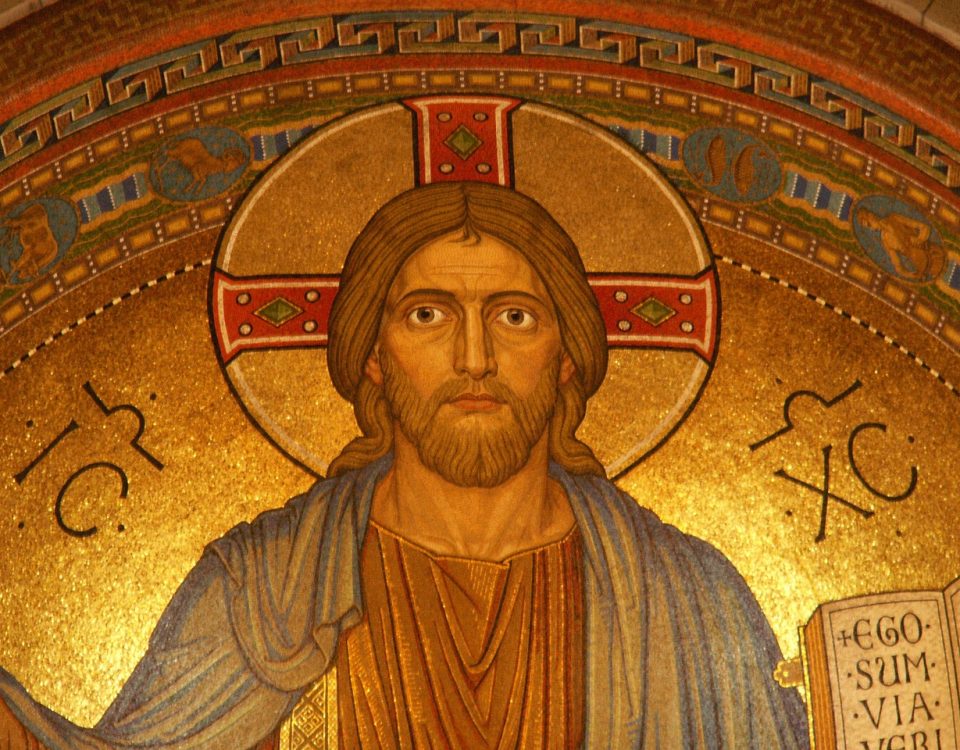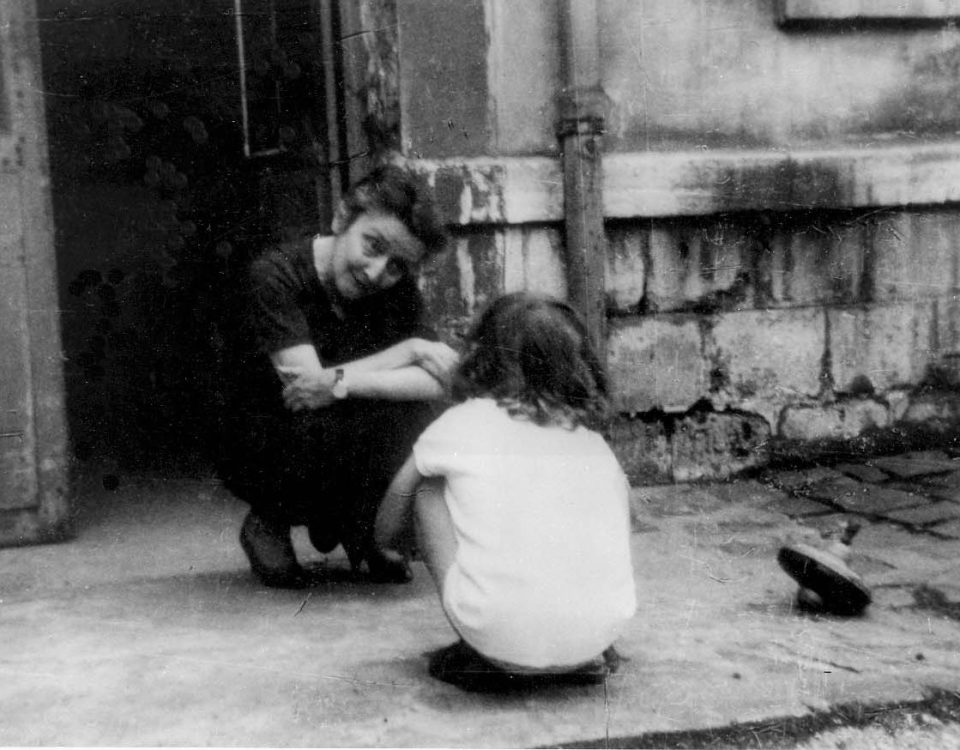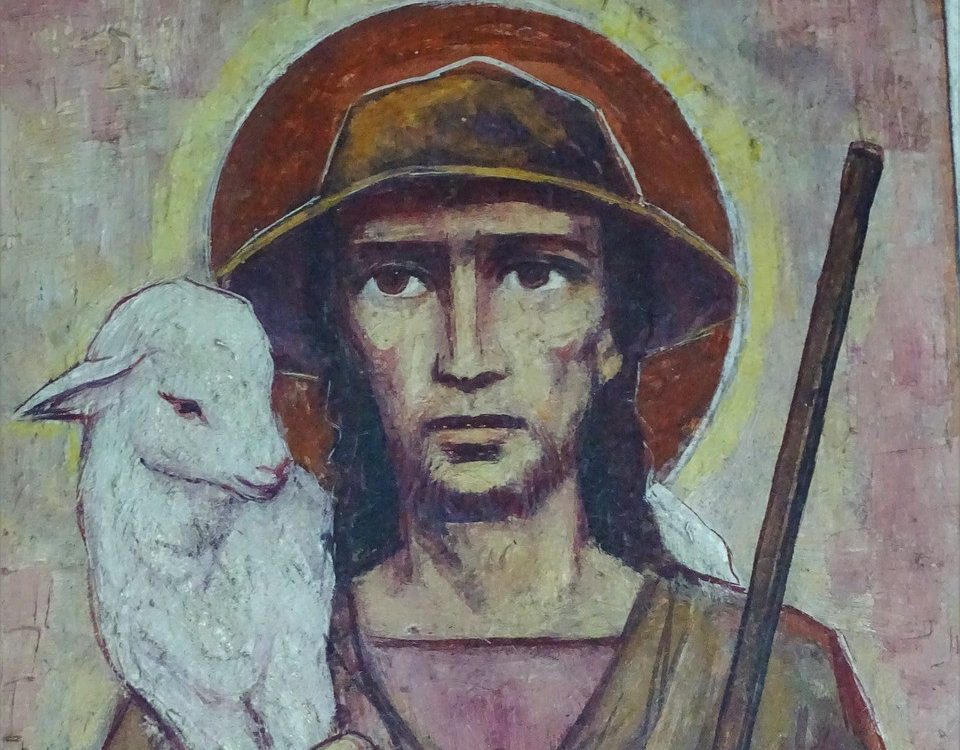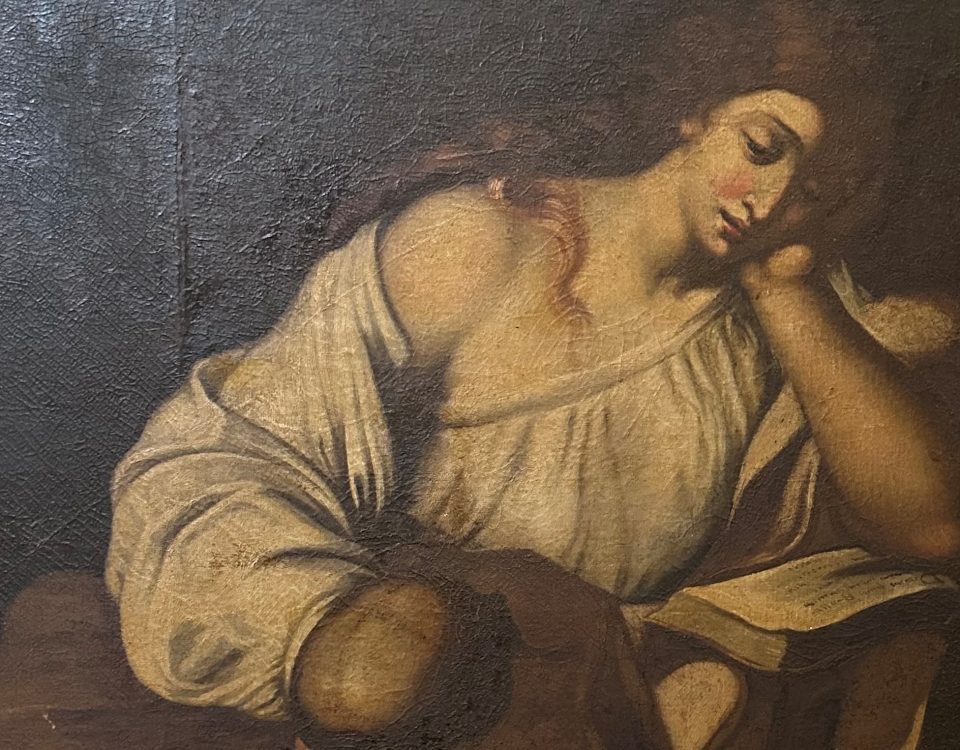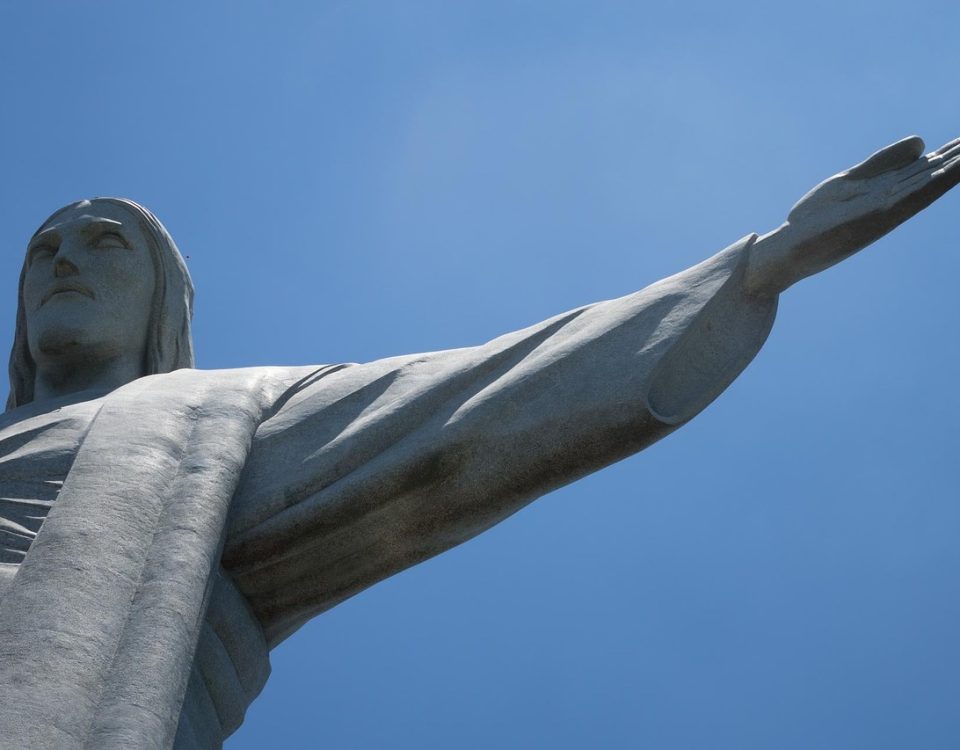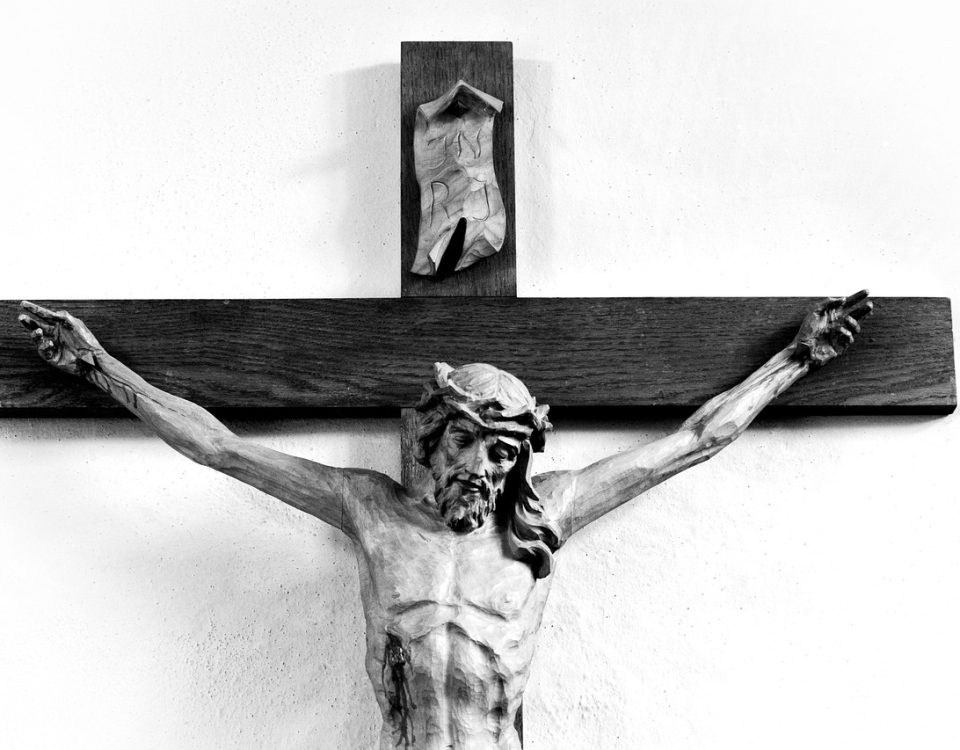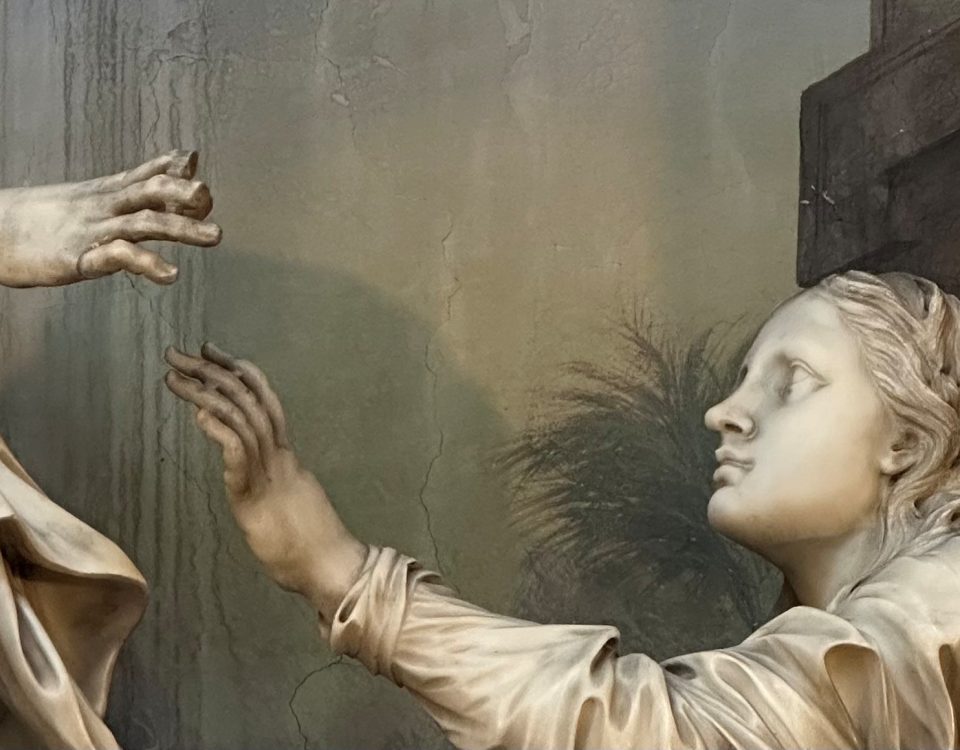Hadrian, the second century Roman emperor, basically wanted to erase Judaism, Jews too in the long run. The emperor, you see, was a champion of Hellenistic civilization; he thought it best everyone follow his lead, culturally and legally—no matter the culture, no matter the laws of those cultures, no matter the religion.
When Hadrian decided to rename Jerusalem, after himself basically—making the city a Roman colony, giving it his family name, Aelius—it triggered a revolt, which he suppressed brutally. He was, of course, a Roman emperor quite capable of such things. The revolt lasted a few years, but that’s all. There was little faithful Jews could do; they were powerless. Jerusalem would indeed become Aelia Capitolina; and afterwards, no Jew was allowed to enter the city again.[1]
Part of Hadrian’s project, as I said, was to erase Judaism. He did so by erasing sites sacred to Jews. Pagan cults were established basically everywhere; cults of Bacchus and Astarte were established in the city.[2] On the Temple Mount, Hadrian built a temple to Jupiter, which housed also statue of himself; he did the same on Mount Gerizim among the Samaritans.
And, of course, Christians too were swept up in all this. On the rock outcropping believed by Christians to be Calvary—where Christ was crucified—Hadrian built a temple to Venus. A few centuries later, St. Jerome would write about it. Even in his own beloved Bethlehem, he lamented—“the most venerable spot in the whole world”—they built a shrine to Adonis. The idea, Jerome thought, was that “by polluting our holy places” Hadrian wanted to “deprive us of our faith in the passion and in the resurrection.”[3] As I said, the idea was to erase the Jews, and apparently, Christians too. To be honest, Hadrian probably spent little time making distinctions.
But it didn’t work. I mean, here we are almost two millennia later remembering something he tried to erase. And Israel stands; and our brothers and sisters, the Jews, still remember their covenant with God; God remembers them. What’s left of Hadrian’s legacy is but a few ruins and a Wikipedia entry. It didn’t work—erasing the people of God, their sacred places and sacred memory. Truth is, it couldn’t work. And that’s because God is bigger than kings; and the people of God are mightier than nations.
But it’s an interesting strategy: the idea that to erase a religion, the people of religion, one must first erase sacred places, destroying thereby sacred memory. There is something to it. The French understand this, perhaps, better than us. One thinks of the historian Pierre Nora’s talk of lieu de mémoire, “sites of memory”: things, places, or even ideas that have become symbols of the heritage of communities—in France, things like cathedrals, Joan of Arc, Reims.[4] Such things belong to what it means to be French. They remember better what the ancients knew: that memory, and also the social body, was kept alive by places and imagery, that for the mind and soul, blank walls wouldn’t do. Damnatio memoriae it was called—the damning of memory. That’s how you do it: you destroy images and places, beauty and signs until no one remembers. That’s what Hadrian was thinking, what he tried to accomplish.
And, of course, many others have tried it since, some even now. Today they’re not temples scattered everywhere, but screens. And I don’t know, maybe this time it could work—not for God, obviously, but for us. Not everyone is here; not everyone remembers it’s Good Friday. Their phones may have told them to be somewhere else.
It is important what we do here. That’s the point I’m trying to make. It’s important we take time out of our day, away from work or whatever else, to remember what happened on Good Friday. The command from God to our brothers and sisters, the Jews, and to us has always been clear—Remember. Remember the things of old; remember these things, O Jacob; remember you were slaves in Egypt, God says to Israel again and again.[5] And Christ our God commands the same: to eat his Body and drink his Blood “in memory of me”; Jesus also promised the Holy Spirit, saying he would “remind” the disciples what Jesus taught.[6] The thief dying on the cross next to him begged to be remembered.[7] The angel in the tomb Easter morning even reminded the women of the crucifixion. “You seek Jesus of Nazareth, the crucified…he is not here,” he told them.[8] For Paul, to remember was to celebrate the Eucharist, but also to bear in his body, he said, the “marks of Jesus.”[9]
To remember is important for us—to remember the story, the covenant, the wonders, the resurrection, the cross. To remember the birth of Christ is to remember that the Word’s become flesh, that God is very close, that he’s with us; it’s to remember that we are not alone.[10] To remember his words and his works is to remember the beauty of his grace and the wideness of his mercy. To remember his resurrection is to remember our destiny, the opportunity we have in his risen life; it’s to remember life when death comes.
But to remember the cross as we do today, to remember the death of Jesus: it’s to remember something sad but good, something painful but hopeful too. It’s to remember something worth remembering in a dark world. And that is, to remember the cross as we do today, to remember the death of Jesus: it’s to remember that God is present in suffering, present in the victim of injustice, present in the darkness of loneliness and fright; it’s to remember that he is present to me and to you, even and sometimes even especially in our most harrowing moments, those moments when and where we think God could never be found.
I’ve long been both haunted and comforted by a poem from World War I by Siegfried Sassoon called “The Redeemer.” The poem is set in the trenches. In the mud and darkness deep in trenches, the sky is suddenly lit up by the flare of a huge gun: it illumines the face of a man. “He stood before me there; I say that he was Christ,” the poet writes.[11] Not among the politicos and officers and the comfortable, but among the soldiers in the trenches: that’s where Christ is seen—in all the Good Fridays in all the world, the wars, the lonely hospital rooms, the tragedies, in sadness small and great, my Good Fridays and yours too. That’s where Christ is. That’s what it means to remember the death of Jesus today, to remember his cross. It’s to remember he’s with us, here wherever we hurt; wherever you hurt, he’s there. Or at least he can be if you want him there, if you’ll open your heart to see him.
And just so long as we’re here, close to the cross like the good thief. “Remember me,” he begged the nailed Christ. Paradise was the word that came next. That was God’s word to him—Paradise. It can be his word to us too. That is, again, if we’re here, if we do this thing the world would rather we forget. If we get as close as we can to this cross, whispering in prayer like the thief to be remembered, waiting on word of paradise. Which is sure to come. Amen.
[1] Early Christianity in Contexts, 21
[2] Doron Mendels, The Rise and Fall of Jewish Nationalism, 387-388
[3] Jerome, Letter 58.3 (To Paulinus)
[4] Pierre Nora, Realms of Memory, vol. 1, 1-20
[5] Deuteronomy 32:7; Isaiah 44:21; Deuteronomy 24:18
[6] Luke 22:19; John 14:26
[7] Luke 23:42
[8] Mark 16:6
[9] Galatians 6:17
[10] John 1:14
[11] Siegfried Sassoon, “The Redeemer” (1917)
© 2022 Rev. Joshua J. Whitfield

